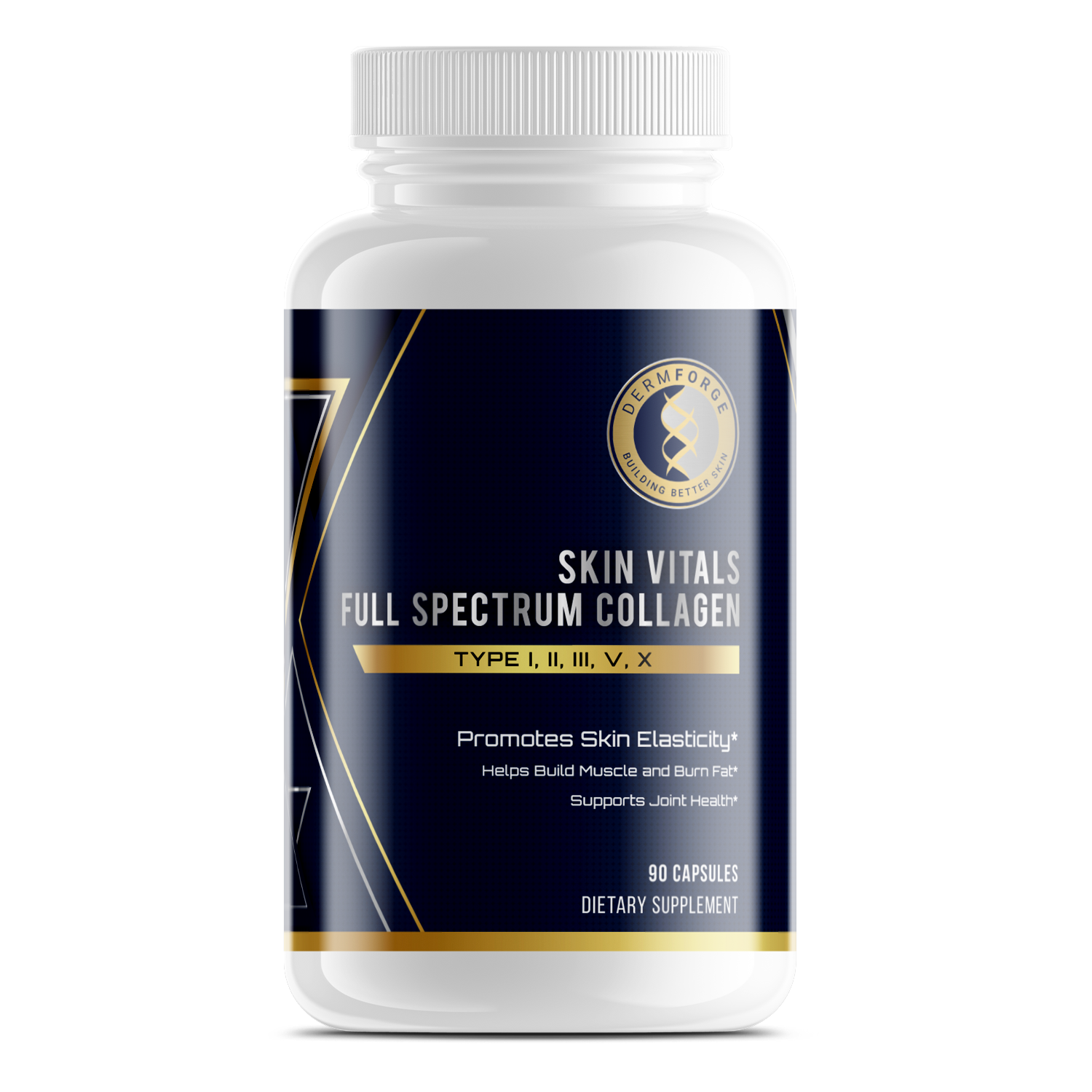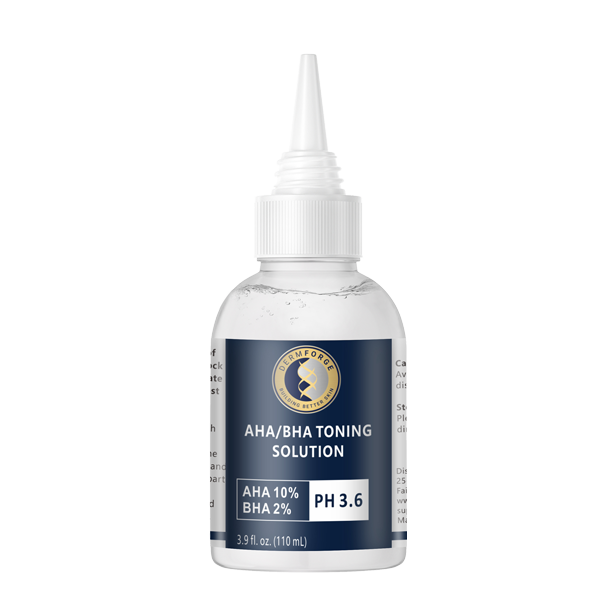Your skin’s needs change with the seasons, making seasonal skin care an essential part of maintaining its health and balance. As temperatures, humidity levels, and UV exposure fluctuate, your routine should adapt to address these changes. For instance, winter’s dryness may require richer moisturizers, while summer calls for lightweight products and extra sun protection.
Additionally, transitional periods between seasons can make your skin more sensitive or prone to imbalances. Gradual adjustments to your routine help you manage these shifts effectively. By choosing products suited to your environment, you can prevent dryness, irritation, or breakouts.
Seasonal skin care is not one-size-fits-all. Understanding your skin’s needs and making thoughtful changes ensures it remains protected and nourished throughout the year. By adapting your routine, you support your skin’s long-term health and appearance, no matter the weather.
The Importance of Seasonal Skincare Adjustments
Adjusting your skincare routine with the changing seasons is essential for maintaining healthy, balanced skin. Different weather conditions impact your skin’s moisture levels, oil production, and sensitivity. By understanding these changes, you can adapt your approach and protect your skin from seasonal challenges.
During colder months, dry air and indoor heating often strip your skin of moisture. This can lead to flakiness, tightness, and irritation. However, switching to heavier moisturizers and nourishing products helps combat dryness and supports your skin’s barrier. In contrast, summer’s heat and humidity may increase oil production and clog pores, making lightweight, non-comedogenic products more suitable.
Seasonal skin care also addresses the unique stressors of transitional periods, such as fluctuating temperatures and unpredictable weather. These shifts can leave your skin more sensitive and prone to imbalance. Additionally, incorporating targeted products, like hydrating serums or antioxidant-rich treatments, ensures your skin stays resilient through changing conditions.
By prioritizing seasonal adjustments, you support your skin’s ability to thrive year-round. Your routine should evolve with the weather, addressing specific concerns while maintaining overall skin health. Thoughtful changes ensure your skin remains balanced, hydrated, and protected, no matter the season.
Summer Skincare Tips: Combatting Heat and Humidity
Summer brings heat and humidity, which can increase oil production and lead to clogged pores. Adjusting your seasonal skin care routine helps manage these challenges effectively. Lightweight, non-comedogenic products are essential for keeping your skin balanced without adding unnecessary weight or greasiness.
Additionally, using a gentle, oil-free cleanser removes excess oil and sweat while keeping your skin refreshed. Incorporating a mattifying toner or moisturizer can also help control shine throughout the day. However, avoid over-cleansing, as this can strip your skin and trigger even more oil production.
Preventing sun damage is another key focus during summer. Sunscreen with broad-spectrum SPF is non-negotiable to protect your skin from harmful UV rays. Reapply sunscreen every two hours, especially if you’re outdoors or sweating. Pairing sunscreen with antioxidant serums, like Vitamin C, adds an extra layer of protection by neutralizing free radicals caused by sun exposure.
Hydration is just as important in summer, even if your skin feels oily. Opt for lightweight, water-based moisturizers to maintain hydration without clogging pores. By adapting your seasonal skin care routine to summer’s demands, you can keep your skin clear, protected, and balanced through the warmer months. Thoughtful adjustments ensure your skin thrives despite the challenges of heat and humidity.
Winter Skincare Tips: Dealing with Dryness and Cold
Winter’s cold temperatures and dry air can strip your skin of moisture, leading to flakiness, irritation, and tightness. Adjusting your seasonal skin care routine to focus on hydration and repair is essential during this time. Heavier moisturizers with ingredients like hyaluronic acid and ceramides can help lock in moisture and strengthen your skin barrier.
Additionally, avoiding products with harsh ingredients, such as alcohol-based toners or strong exfoliants, prevents further dryness. Gentle cleansers are ideal for removing impurities without stripping your skin of its natural oils. Using a hydrating serum before your moisturizer provides an extra layer of hydration to combat winter’s effects.
Repairing your skin barrier is another important step. Barrier-strengthening creams with ingredients like niacinamide or fatty acids help protect against environmental damage and reduce sensitivity. Additionally, using a humidifier at home adds moisture to the air, which can relieve dryness and benefit your skin.
Adapting your seasonal skin care routine to winter keeps your skin nourished and resilient. Thoughtful product choices help you maintain hydration and protect your skin during the colder months. These adjustments ensure your skin remains healthy and comfortable all winter long.
Transitional Periods: Preparing Your Skin for Changing Seasons
Transitional periods between seasons can be challenging for your skin as it adjusts to new weather conditions. Gradually shifting your seasonal skin care routine helps your skin adapt smoothly without unnecessary irritation. For example, when transitioning from summer to fall, focus on adding richer moisturizers to combat the drop in humidity.
Additionally, as the weather cools, introduce hydrating serums or oils into your routine. These products provide extra moisture and strengthen your skin’s barrier against colder temperatures. However, avoid sudden changes to your routine, as this can overwhelm your skin. Gradual adjustments allow your skin to respond more effectively.
When moving from winter to spring or summer, prioritize lighter products to accommodate increased humidity and warmth. Switching to non-comedogenic formulas helps prevent clogged pores and reduces the risk of breakouts. Additionally, adjusting your sunscreen to a lightweight, sweat-resistant option ensures continuous protection as you spend more time outdoors.
Seasonal skin care during transitional periods is all about balance. By monitoring your skin’s needs and introducing changes slowly, you can maintain a healthy complexion year-round. Thoughtful adjustments ensure your skin thrives as the seasons shift, keeping it protected and nourished in every weather condition.
Key Ingredients for Seasonal Changes
Adapting your skincare routine to seasonal changes involves choosing ingredients that address your skin’s specific needs in different weather conditions. Hydration becomes a priority in winter, as cold air and indoor heating can strip your skin of moisture. Hyaluronic acid is an excellent choice, as it draws water into the skin and maintains hydration without feeling heavy. Additionally, ceramides and squalane help strengthen your skin barrier, reducing dryness and irritation.
In summer, protection takes center stage. Antioxidants like Vitamin C and niacinamide shield your skin from free radical damage caused by UV rays and pollution. These ingredients brighten your complexion while supporting your skin’s natural defense mechanisms. However, sunscreen remains the most essential product for summer seasonal skin care. A broad-spectrum SPF protects against both UVA and UVB rays, preventing sunburn and reducing the risk of long-term damage.
Transitional periods require versatile ingredients to help your skin adjust to changing conditions. Lightweight moisturizers with humectants like glycerin work well in spring, while calming ingredients such as aloe vera soothe sun-exposed skin in early summer. By incorporating targeted ingredients, you can keep your skin healthy and balanced throughout the year.
Thoughtful ingredient choices form the foundation of effective seasonal skin care. Adjusting your routine with hydrating, protective, and soothing products ensures your skin remains resilient in every season. These small changes make a noticeable difference in how your skin looks and feels over time.
Customizing Skincare for Your Local Climate
Customizing your skincare routine to your local climate helps you address specific challenges like humidity, UV index, and temperature variations. In humid environments, excess moisture in the air can increase oil production, leading to clogged pores. Using lightweight, non-comedogenic products and mattifying formulas helps balance your skin without adding greasiness. Additionally, gentle cleansers prevent buildup while keeping your skin refreshed.
In dry or arid climates, maintaining hydration is essential for preventing flakiness and tightness. Heavier moisturizers with ingredients like hyaluronic acid and ceramides provide long-lasting hydration and support your skin’s barrier. Additionally, using a humidifier at home can add moisture to the air, helping your skin stay supple.
UV index also plays a significant role in seasonal skin care. In areas with high sun exposure, broad-spectrum sunscreen is essential year-round to protect against harmful rays. Pairing sunscreen with antioxidants like Vitamin C further strengthens your skin’s defenses against free radicals. In cooler climates, where sun exposure may feel less intense, maintaining SPF use still prevents cumulative damage.
Adapting to temperature variations requires thoughtful product adjustments. Cold temperatures may call for richer creams to lock in moisture, while warmer weather benefits from lighter, breathable formulations. Customizing your skincare to these factors ensures your skin remains healthy and resilient no matter where you live. Seasonal skin care tailored to your environment is a simple yet effective way to achieve balance and protection.
Conclusion
Seasonal skin care is essential for maintaining healthy, balanced skin throughout the year. As weather changes, your skin’s needs shift, requiring thoughtful adjustments to your routine. By adapting your products and ingredients to address factors like humidity, UV exposure, and temperature, you can prevent dryness, irritation, and breakouts.
Additionally, understanding your local climate helps you make informed choices about hydration, protection, and repair. Whether you’re managing winter dryness or summer humidity, customizing your skincare supports your skin’s resilience. Thoughtful adjustments during transitional periods further ensure your routine stays effective as seasons change.
Consistency and awareness are key to successful seasonal skin care. By listening to your skin and making gradual changes, you provide it with the care it needs. These adjustments protect your skin from environmental stressors and keep it looking and feeling its best year-round. Your commitment to adapting your skincare routine benefits both your skin’s health and appearance.






